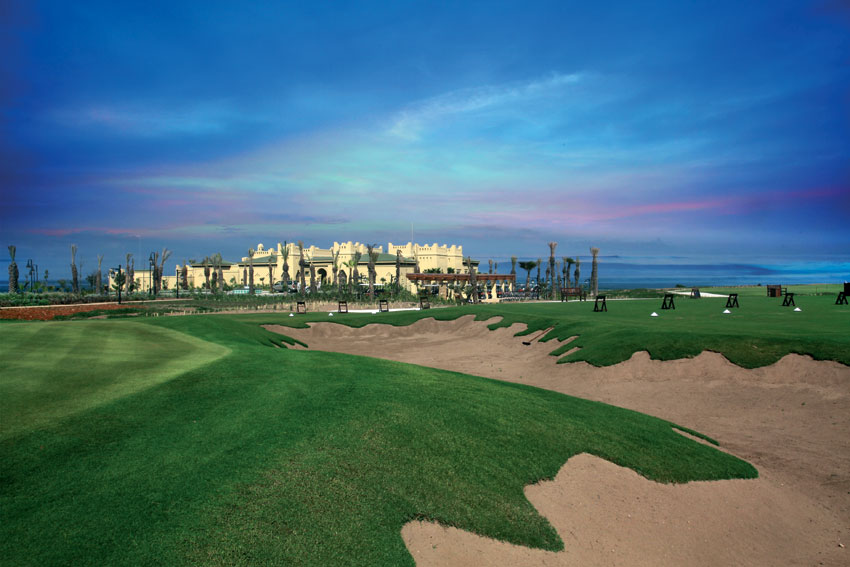Emphasising the concrete success of Plan Azur, Bennani says that Mazagan and Mediterranean Saidia were already up and running and it was planned that the first hotels would open at Mogador by the end of the year.
“This success has encouraged investor confidence with plans duplicated in other resorts — Laguna Smir, Fitnit and Dakhla,” says Bennani, adding that Vision 2020 would be as ambitious as Vision 2010, with continuation of launched projects and preparation of new ones.
“Sustainable development really will be at the centre of the new strategy, with all its components — economic, social, cultural, heritage and environment — allowing Morocco to develop its assets with real added value and differentiation.”
For the moment, investor sentiment is very much on the side of the authorities, applauding what is seen as one of the more enlightened approaches to the market, according to Chiheb Ben Mahmoud, SVP MENA for Jones Lang LaSalle Hotels.

Advertisement
“Morocco has carved a niche for itself on the global and regional tourism and hospitality investment landscape,” he says. “By moving to address the challenges of the new post boom financial environment, the country has emerged as a mature hotel investment market ... while the pace of development has slowed, a lot has been achieved over the past years.
“It has a sophisticated, deep and mature financial sector that supports hotel and tourism development and it is one of the few emerging countries with hospitality funds — the financial sector mechanisms and approaches to the sector are diversified and nuanced and this has helped to address the challenges of the regional and global post boom correction.”
Ben Mahmoud stressed that while no investor had exited the country due to a lack of (governmental) support, the market did operate on conventional commercial terms.
“It is not an industry under life support, a result of pure subsidies and financial incentives,” he adds.
Expanding on what was on the table, SMIT’s Bennani said that private developers qualified for a range of incentives.
“Morocco offers attractive land prices in areas that are covered by Plan Azur, plus subventions for other land acquisition, external infrastructure and training as well as exemption of import duties and VAT for investors and reduced corporate taxes for hotel owners.”
Meanwhile, existing hotels are reporting a turnaround in occupancies and rates, indicating Morocco has climbed out of its relatively shallow recession dip and setting the scene for growth to come.
According to CEO of the MKG Group, Georges Panayotis, stability of rates and demand during the financial crisis underlined the resilience of the Morocco product.
“Demand was somewhat affected by the crisis in the early stage of 2009, forcing hoteliers to reduce rates. Numbers returned but the consequence was a lower revPAR for the most part,” he says.
“The increase in occupancy continued in to 2010 and hoteliers have now begun to raise their rates — year-to-date revPAR in May 2010 grew by 3.7%, spurred by a three-point increase in occupancy and relatively stable prices.”
But, with a panoply of industry names set to debut, particularly in Marrakech, the question must arise as to how demand in the luxury sector can be ignited to justify expansion of the product in to the upper echelons of the travel sector.









 Search our database of more than 2,700 industry companies
Search our database of more than 2,700 industry companies









